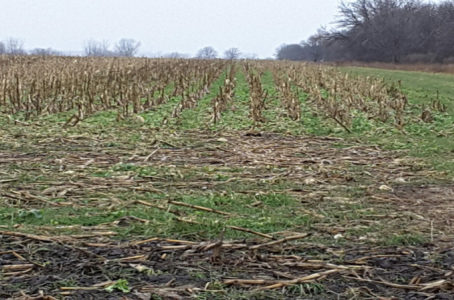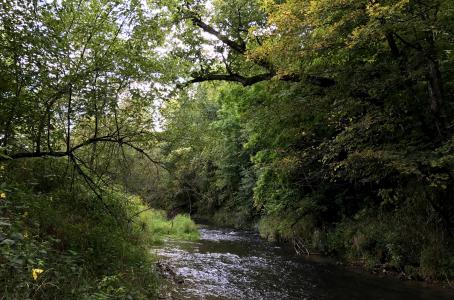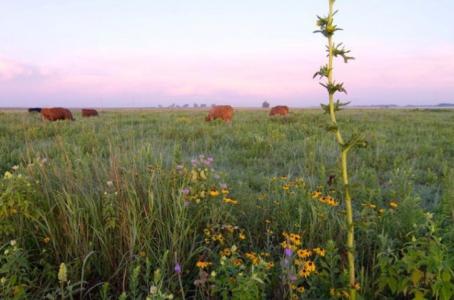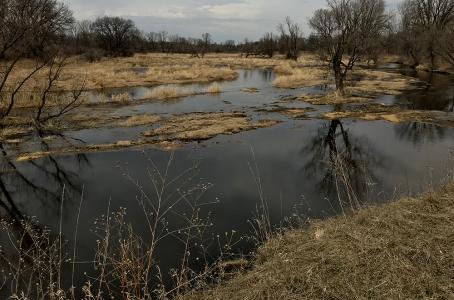Carbon dioxide (CO2), a greenhouse gas, is increasing in atmospheric concentration due to human activities, such as burning of fossil fuels and land use changes. Trees, grasses, and other plants remove CO2 from the atmosphere, and the carbon is accumulated - or sequestered - in stable forms such as biomass and soil organic carbon.
How does carbon sequestration work?
Through photosynthesis, plants convert atmospheric CO2 into starches and structural components, thereby storing carbon in their tissues. Dead and decomposing plant materials are incorporated into the soil where the carbon is stored as soil organic matter. Carbon sequestration removes CO2 that would otherwise contribute to climate change from the atmosphere.
Knowing which conservation practices sequester carbon is the key to getting the most return on practices that yield other benefits, such as reducing soil erosion and improving water quality. State and federal conservation programs provide landowners with incentives to implement various conservation practices that sequester carbon.




